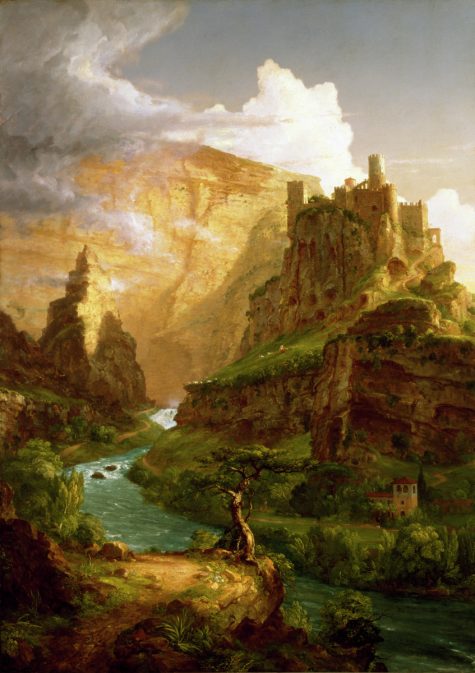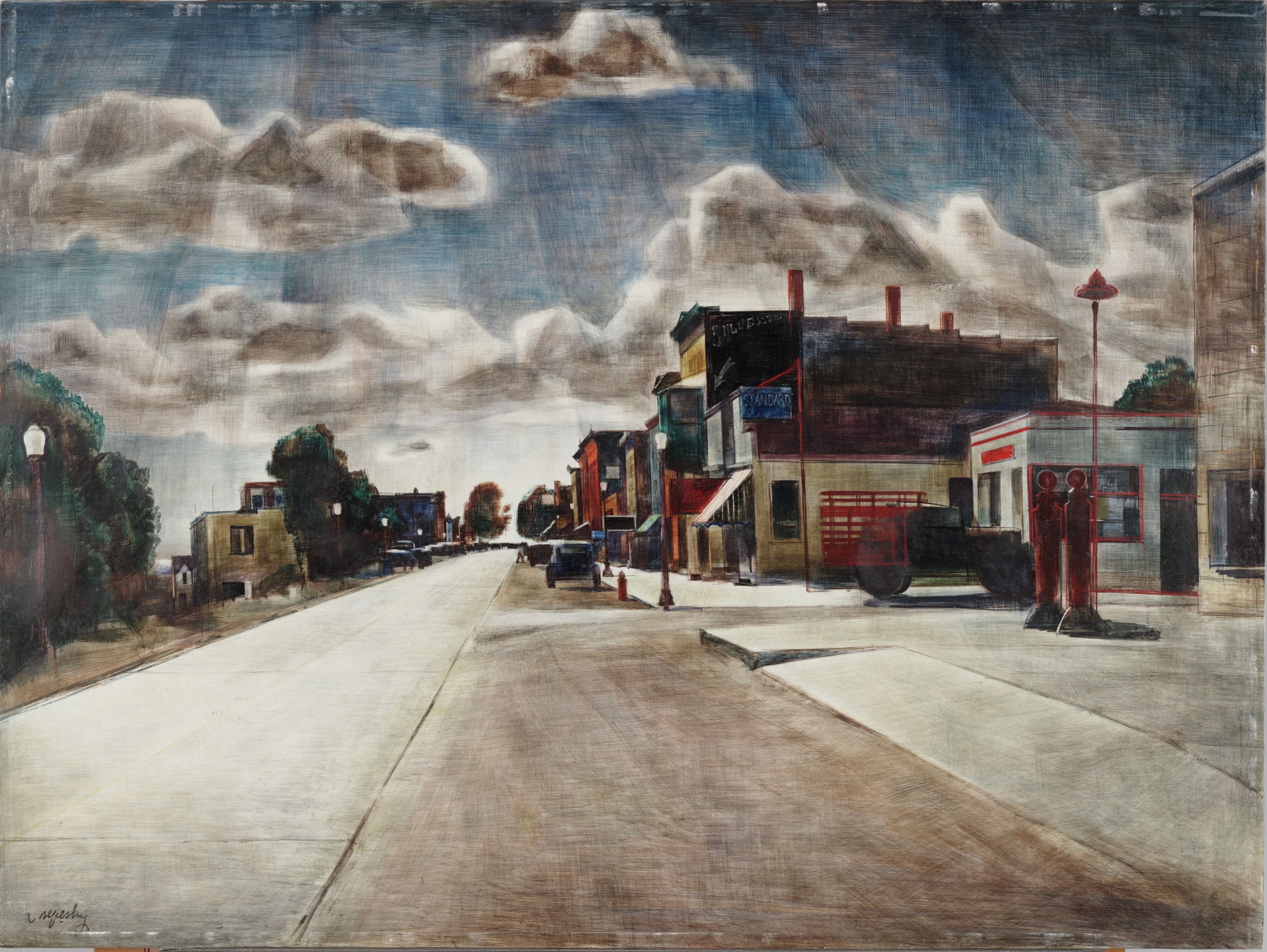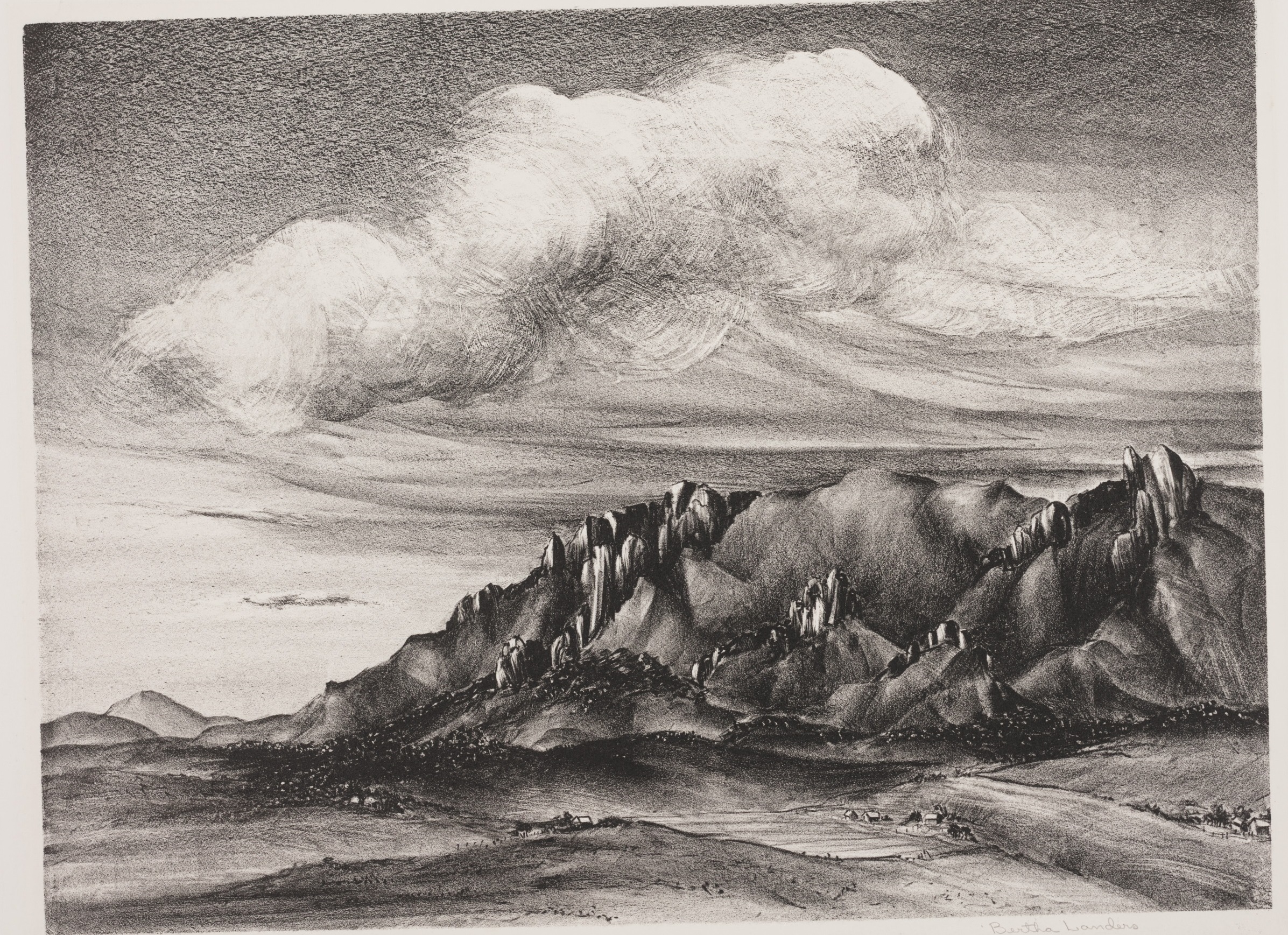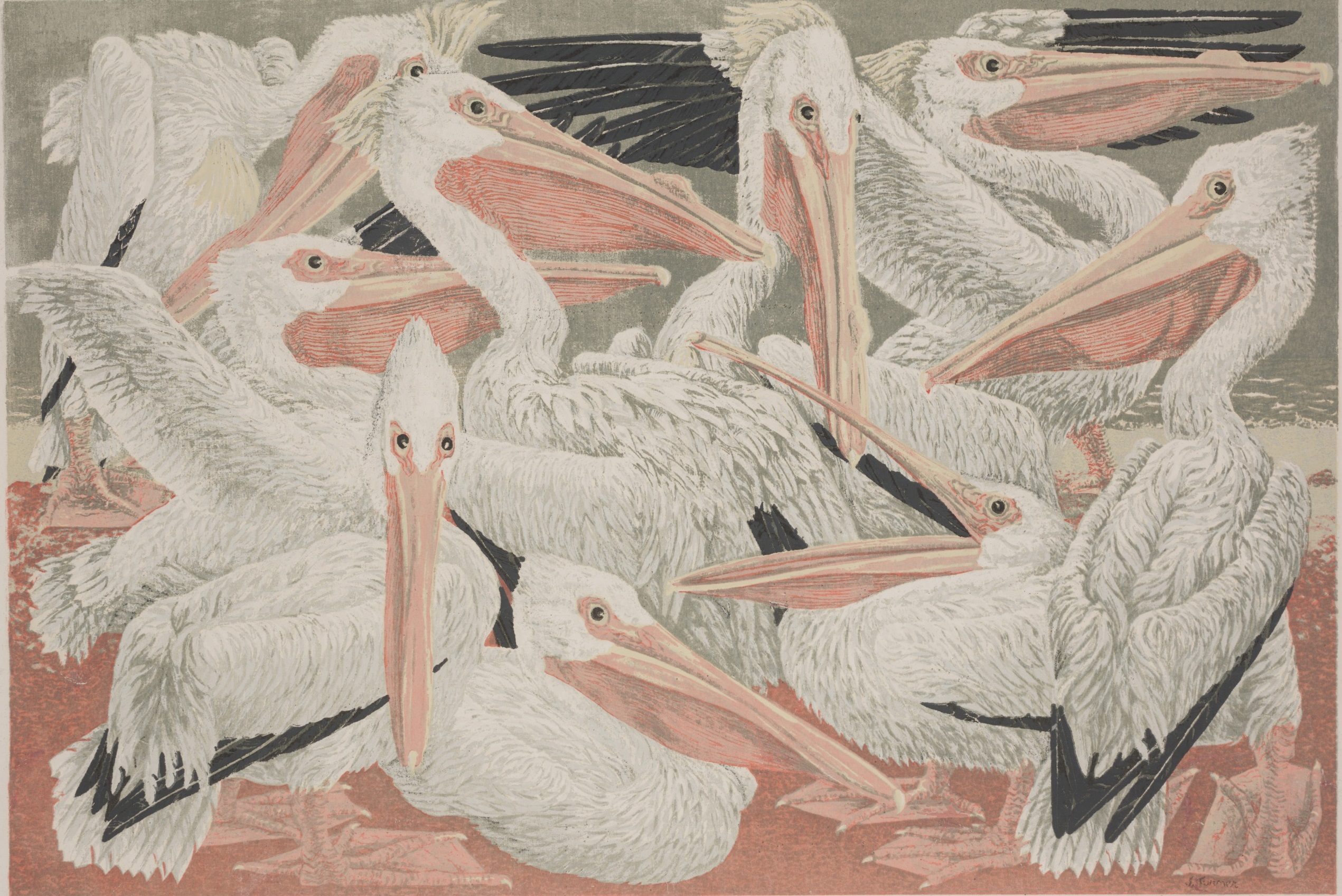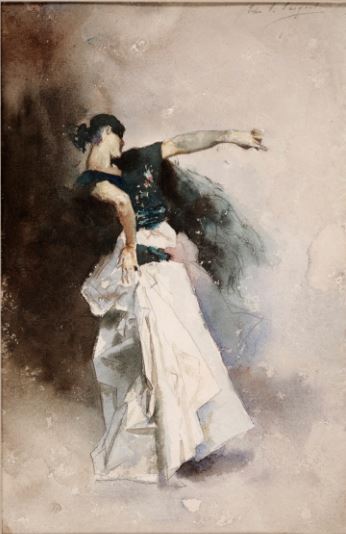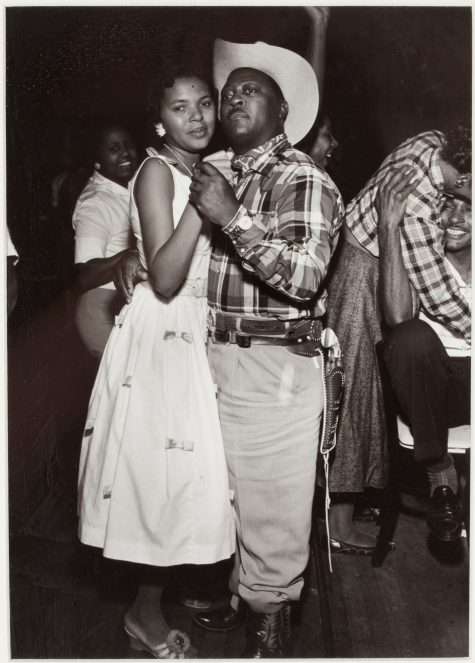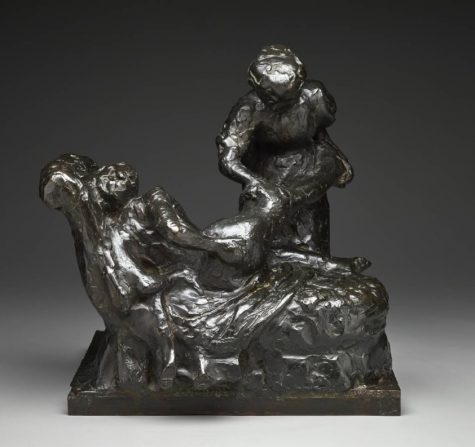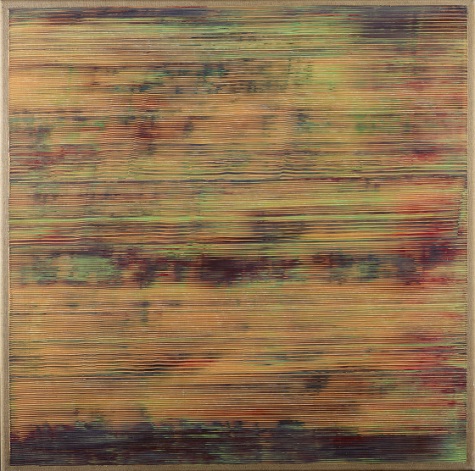Don’t be alarmed if you’re downtown this weekend and see wands, pet owls, witches, and wizards. They are all here for the annual international LeakyCon. If you can’t tell from the name alone, LeakyCon is a weekend-long convention all about our favorite boy wizard, Harry Potter. Tickets for this immersive conference sold out the day they went on sale, so if you’re like us and didn’t snag a spot, don’t try and alohomora your way in! Just head over to the DMA and use our Marauder’s Map self-guide to find works in our collection that connect with Harry Potter characters. If you’re stuck in a cupboard under the stairs and can’t make it to the Museum, here are our DMA horcruxes that match all seven of the objects He Who Must Not Be Named placed his soul into. What better place to hide a horcrux than in a museum?
The Diary of Tom Riddle
On view in the Paintings Conservation Gallery, Level 2

Josef Hoffmann, Concordia Ball program cover, 1909, gilt, copper, leather, and paper, Dallas Museum of Art, gift of Dr. and Mrs. Edward Mattil, 1989.111
Marvolo Gaunt’s Ring

Ring, Velma Davis Dozier, 1959, gold and tourmaline, Dallas Museum of Art, gift of Otis and Velma Dozier, 1979.16
Salazar Slytherin’s Locket
On view in the 18th-Century European Art Gallery, Level 2

Elisabeth Louise Vigée-Lebrun, Portrait of Natalia Zakharovna Kolycheva, née Hitrovo, 1799, oil on canvas, lent by the Michael L. Rosenberg Foundation, 29.2004.13
Helga Hufflepuff’s Cup

Two-handled cup, Louis-Constant Sévin, 1866, bronze and silverplate, Dallas Museum of Art, gift of the 1991 Dallas Symposium in honor of Caroline Rose Hunt, 1992.321
Rowena Ravenclaw’s Diadem
On view in the Cecil H. and Ida M. Green Classical Galleries, Level 2

Diadem, Greek, 2nd century BCE, gold, glass, and repoussé, Dallas Museum of Art, Museum League Purchase Funds, The Eugene and Margaret McDermott Art Fund, Inc., and Cecil H. and Ida M. Green in honor of Virginia Lucas Nick, 1991.75.75
Harry Potter embodied by his favorite place, Hogwarts
On view in the 18th-Century European Art Gallery, Level 2

Johan Christian Dahl, Frederiksborg Castle, 1817, oil on canvas, Dallas Museum of Art, Foundation for the Arts Collection, Mrs. John B. O’Hara Fund, 2014.22.FA
Nagini

Mantle clock with figure of Perseus, Pierre-Victore Ledure, early 19th century, lent by David T. Owsley, 156.1994.51
If you want to check out our Marauder’s Map self-guide of the collection, grab one at the main Visitor Services Desk on Level 1 beginning Friday, August 10. Make sure to come out that weekend, they will be gone after Sunday, August 12.
If you want another wizarding world activity to celebrate the weekend, click here to complete our Sorting Hat quiz based on objects in our collection.
Katie Cooke is Manager of Adult Programs at the DMA.

